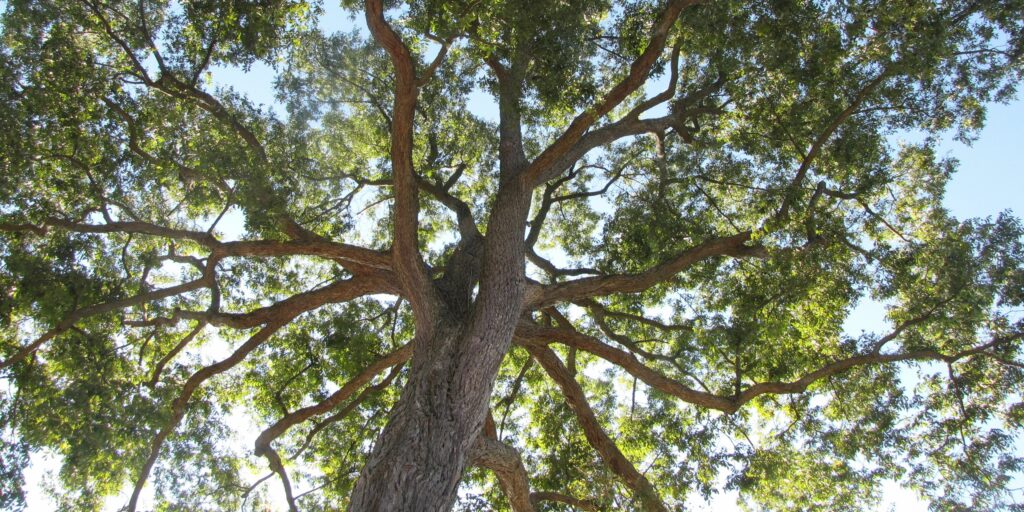How to Choose a Pecan Tree
go.ncsu.edu/readext?844285
en Español / em Português
El inglés es el idioma de control de esta página. En la medida en que haya algún conflicto entre la traducción al inglés y la traducción, el inglés prevalece.
Al hacer clic en el enlace de traducción se activa un servicio de traducción gratuito para convertir la página al español. Al igual que con cualquier traducción por Internet, la conversión no es sensible al contexto y puede que no traduzca el texto en su significado original. NC State Extension no garantiza la exactitud del texto traducido. Por favor, tenga en cuenta que algunas aplicaciones y/o servicios pueden no funcionar como se espera cuando se traducen.
Português
Inglês é o idioma de controle desta página. Na medida que haja algum conflito entre o texto original em Inglês e a tradução, o Inglês prevalece.
Ao clicar no link de tradução, um serviço gratuito de tradução será ativado para converter a página para o Português. Como em qualquer tradução pela internet, a conversão não é sensivel ao contexto e pode não ocorrer a tradução para o significado orginal. O serviço de Extensão da Carolina do Norte (NC State Extension) não garante a exatidão do texto traduzido. Por favor, observe que algumas funções ou serviços podem não funcionar como esperado após a tradução.
English
English is the controlling language of this page. To the extent there is any conflict between the English text and the translation, English controls.
Clicking on the translation link activates a free translation service to convert the page to Spanish. As with any Internet translation, the conversion is not context-sensitive and may not translate the text to its original meaning. NC State Extension does not guarantee the accuracy of the translated text. Please note that some applications and/or services may not function as expected when translated.
Collapse ▲ As a young girl, one of the annual chores of my siblings and I was to pick up the pecans that fell from the six trees on my grandmother’s farm. So, picking up pecans each fall brings back memories of life on the farm. And now there is a nifty tool that picks up the pecans by rolling over them so that you don’t even have to bend over!
As a young girl, one of the annual chores of my siblings and I was to pick up the pecans that fell from the six trees on my grandmother’s farm. So, picking up pecans each fall brings back memories of life on the farm. And now there is a nifty tool that picks up the pecans by rolling over them so that you don’t even have to bend over!
Did you know that the Pecan is native to the central and east central United States and is grown for its edible nuts? As long as the soil is well-drained, pecans will tolerate clay, sand, and loam soils, alkaline or acidic. Though a little messy due to dropping twigs, they make excellent shade trees, just avoid planting too close to a patio or deck. Keep in mind these are large trees at maturity, growing to 100’ tall and 75’ wide so this tree is most appropriate for large properties.
Pecan trees are monoecious, meaning they have separate male and female flowers on the same tree. However, the pollen from the male flowers is not released when the female flowers are receptive, so pollination within and between the same cultivars is limited. For best pollination and production, NC State Extension recommends planting at least three different cultivars with at least one of each pollination type. Cultivars are separated into Type I and Type II for pollination purposes. Type I cultivars include ‘Cape Fear’ and ‘Pawnee.’ Type II cultivars include ‘Stuart’, ‘Sumner’, ‘Kiowa’, ‘Chickasaw’, ‘Elliot’ and more.
The most important consideration when choosing pecan trees for your garden is scab disease. Scab is the most damaging disease to pecans, so select varieties that are resistant. It is a difficult disease to control because most homeowners are unable to adequately apply pesticides on a large tree.
Pecan trees that you purchase are grafted scions onto rootstock. Trees that are collected and planted or grown from nuts will not produce the same nuts as the parent tree. Each seedling tree is a unique and will have traits from the mother and father tree. This tends to result in variable nut quality. I have a seedling tree that produces nuts and though the nuts are small, they are delicious.
Pecan trees should be planted in late January and early February. Dig the planting hole deep and wide enough for the root system without curling the roots. Plant the tree so that the graft union is at least 2 inches above the soil surface after planting and soil settling.




